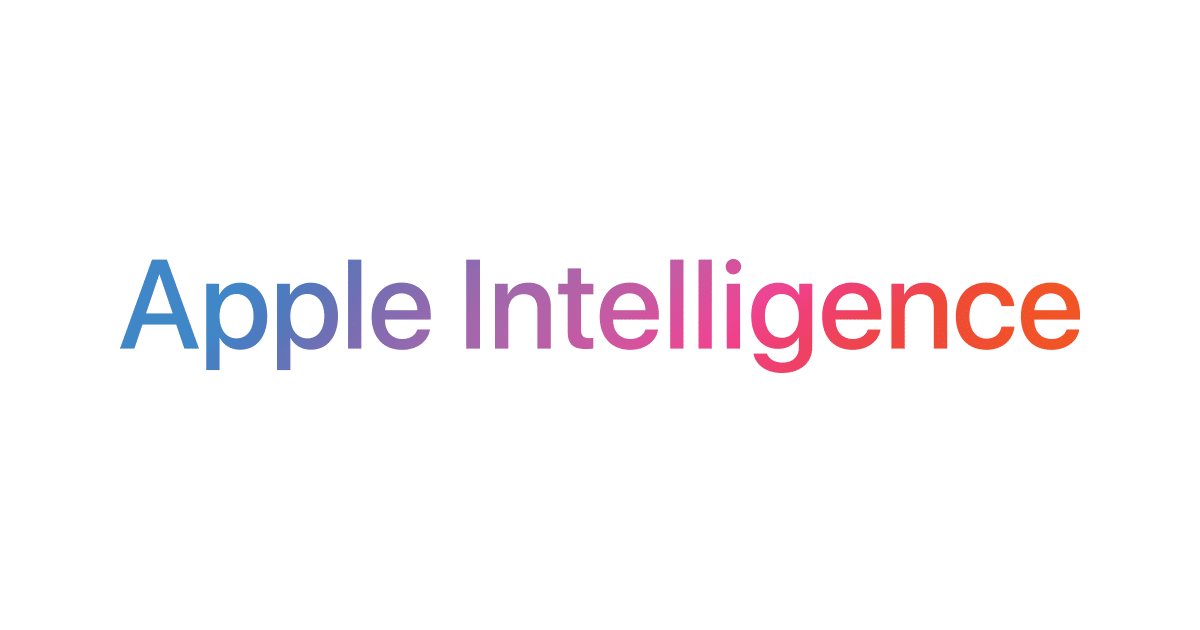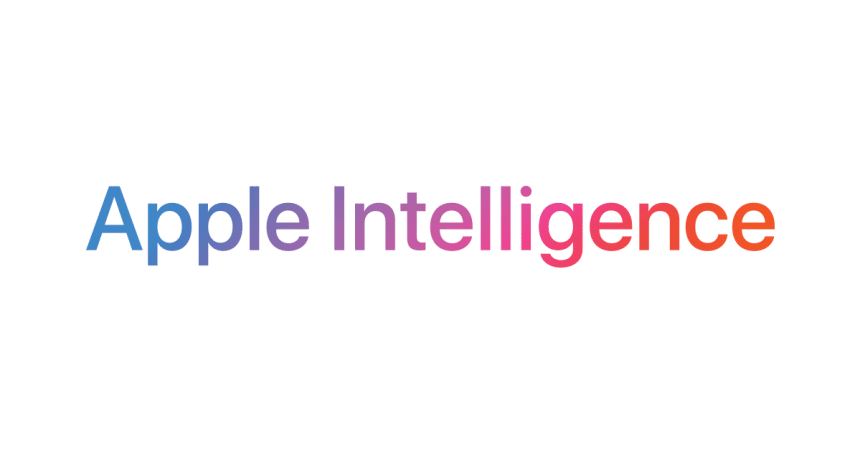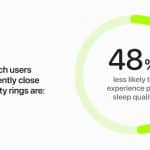Apple is moving forward with training its new Apple Intelligence system using an approach called Differential Privacy. This technique adds random “noise” to data before collection, making it difficult to trace any information back to individual users. Importantly, Apple promises that participation in this program will be strictly opt-in, ensuring users have control over their data.
The system’s goal is to refine AI features like Genmoji, Memories Creation, and Writing Tools while keeping user privacy intact. Unlike traditional data collection, Apple’s model analyzes only fragments and poll results, never pulling full user information off the device.

Lessons Learned from Past Controversy
Although this method sounds familiar, Apple is quick to clarify differences from its abandoned CSAM photo detection project. While both involved scanning user content, the CSAM effort faced backlash because it could theoretically allow governments to misuse the technology. Apple now stresses that the Apple Intelligence approach only gathers randomized, non-identifiable data without ever exposing actual personal content.
Moreover, Apple is using synthetic data generated from anonymized patterns, a step further in protecting user privacy. This ensures that even training data never reveals specific user behavior.
How to Opt In or Out
Users will be able to manage their participation easily once the feature rolls out with iOS 18.5. To opt out, users can go to Settings, select Privacy & Security, and adjust their Analytics & Improvements preferences. Apple emphasizes that no personal data will be collected unless users actively choose to participate.
Looking Ahead
Apple’s use of Differential Privacy reflects its ongoing efforts to develop advanced AI features without compromising its commitment to user privacy. While the approach borrows ideas from past initiatives, the company hopes that this opt-in, on-device method will avoid the controversies it faced before. As AI becomes a bigger part of the iPhone experience, how users respond to these methods will likely shape future innovations.












